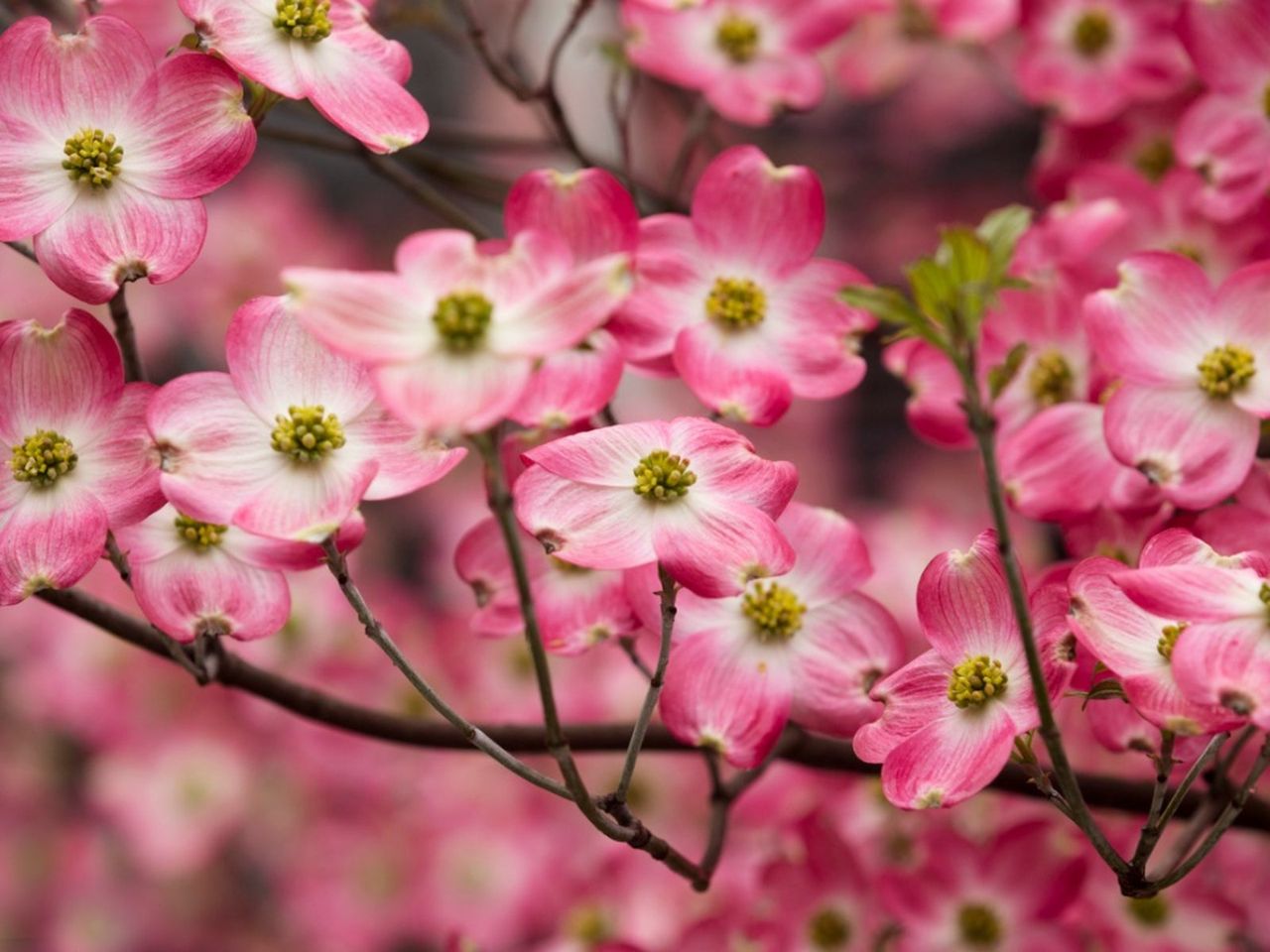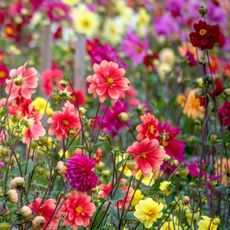Tips For Caring For Dogwood Trees


Flowering dogwoods (Cornus florida) are deciduous trees native to the eastern half of the United States. These trees can add year-round beauty to the landscape. Let's look at how to grow dogwood trees. Flowering dogwoods range in color from white to pink or red and generally bloom for about two to four weeks in early spring.
They also add summer and fall color, with rich green foliage color in summer and reddish purple leaves during fall. This is oftentimes followed by brilliant red berries in winter. Proper dogwood care will bring these lovely trees to their height of beauty.
How to Grow Dogwood Trees
In their natural habitat, dogwoods are understory trees, which are generally surrounded or protected by other larger trees. Therefore, when caring for dogwood trees, this should be considered carefully before placement in the landscape.
Locating these trees on the edge of wooded areas or in groups is oftentimes more suitable to their natural surroundings. They can also be used as a backdrop for azaleas or other spring-flowering shrubs.
Flowering dogwoods can be grown in sun or shade, however, trees planted in partial shade generally perform better. Trees planted in full sun can be stressful, making them more susceptible to dogwood borers and heat stress. For care of flowering dogwood trees, dogwoods that are planted in full sun must also rely on frequent watering, especially during hot conditions.
While dogwoods will grow in a variety of climates and soil conditions, they typically grow best in, and even prefer, well-drained, humus-rich soil that is slightly acidic.
Planting Dogwood Care
Bare root and burlap dogwood trees should be transplanted in late fall or early spring. Container grown trees can be transplanted anytime of the year, provided they are watered regularly after planting.
Gardening tips, videos, info and more delivered right to your inbox!
Sign up for the Gardening Know How newsletter today and receive a free copy of our e-book "How to Grow Delicious Tomatoes".
A dogwood should be planted about two-thirds the depth of its root ball. The soil should be gently mounded around the sides of the root ball. Do not place soil directly over the top of the root ball, as this should be left slightly above ground level.
It is acceptable to apply a layer of mulch to help conserve water, however, for good dogwood care, keep this a couple inches (5 cm.) away from the trunk. Be sure to water the tree thoroughly after planting and on a regular basis until the tree establishes itself.
Care of Flowering Dogwood
Most dogwoods require supplemental water during summer and fall, especially during hot, dry spells. For care of flowering dogwood trees, regular watering once a week to a depth of 6 inches (15 cm.) should suffice. However, adding a generous layer of mulch will help retain moisture, minimizing watering chores.
Most established trees do not require fertilizer. However, if you do choose to fertilize young dogwoods, use only a small amount of slow-release fertilizer. Dogwood trees seldom need pruning, however, it may be necessary to remove dead or injured branches, suckers, and diseased or insect-infested parts on occasion. Shaping trees may also help keep them more attractive looking.
Flowering dogwood trees are considered "bleeders," which means they bleed sap, if pruned during late winter. Summer is an ideal time to take care of any pruning tasks that may be needed since these plants do not bleed sap during this time.
Once established in the landscape, caring for dogwood trees is relatively easy. As long as they have been planted in the proper conditions and location, the overall care of flowering dogwoods is minimal.

Nikki Tilley has been gardening for nearly three decades. The former Senior Editor and Archivist of Gardening Know How, Nikki has also authored six gardening books.
-
 7 Vegetables To Plant In April: Start Indoors Or Outside For A Bumper Summer Harvest
7 Vegetables To Plant In April: Start Indoors Or Outside For A Bumper Summer HarvestAchieve your growing ambitions with these best vegetables to plant in April – including cold-hardy crops to sow direct and tender varieties to start indoors
By Mary Ellen Ellis
-
 Cut Flower Garden For Beginners: 8 Easy Decorative Floral Plants For Newbies To Grow
Cut Flower Garden For Beginners: 8 Easy Decorative Floral Plants For Newbies To GrowAre you new to growing decorative florals for bouquets and ornamental displays? A cut flower garden for beginners is well within reach if you grow these flower seeds
By Tonya Barnett